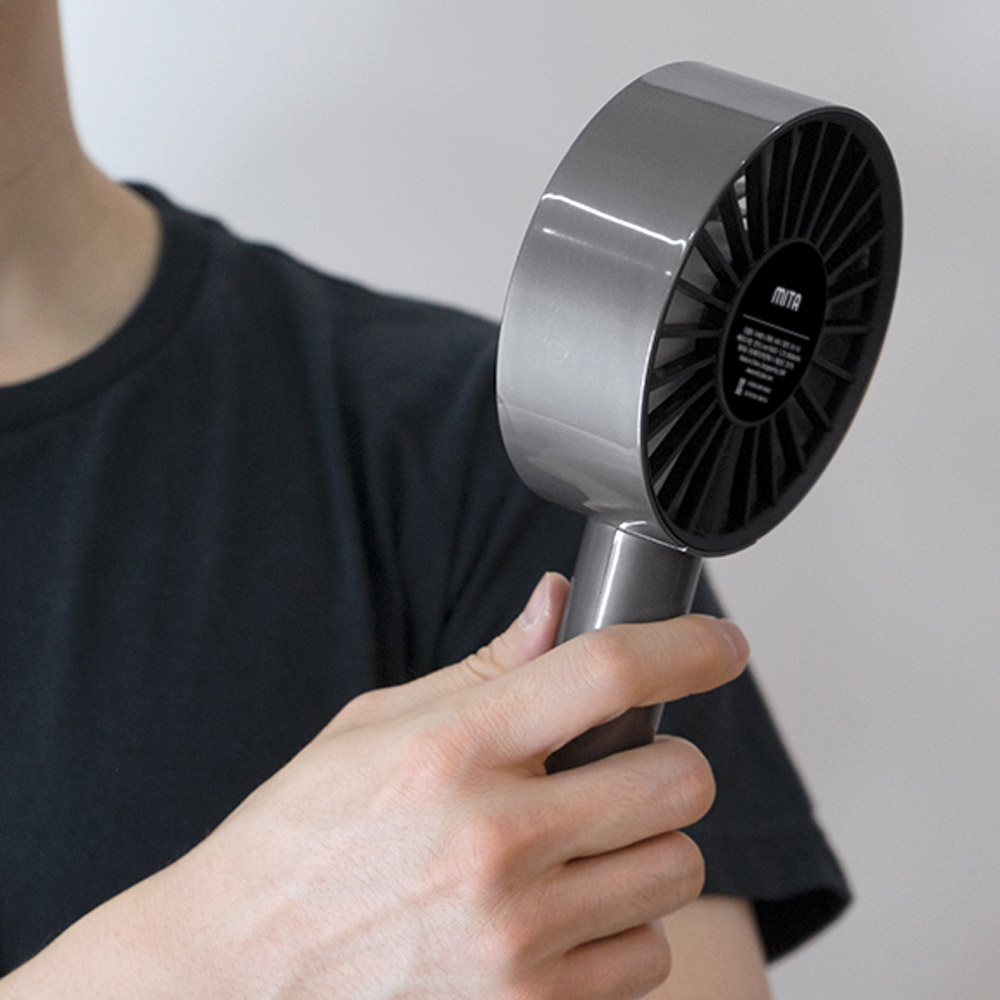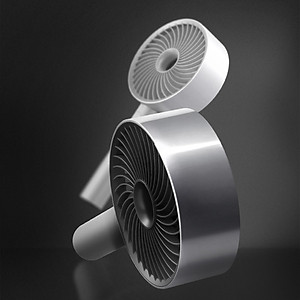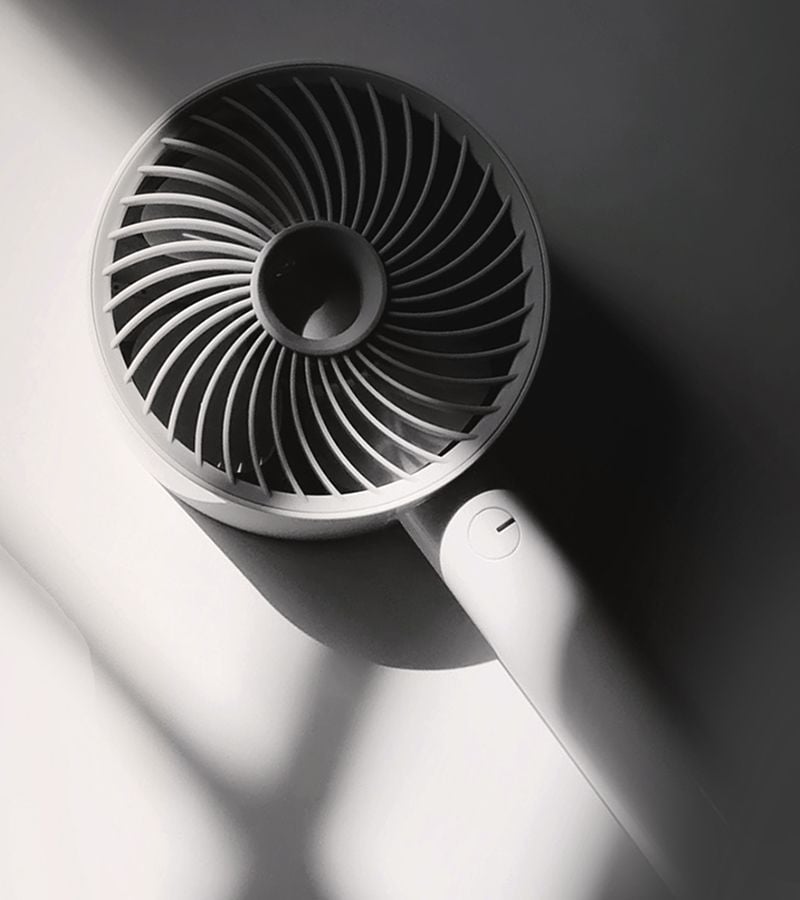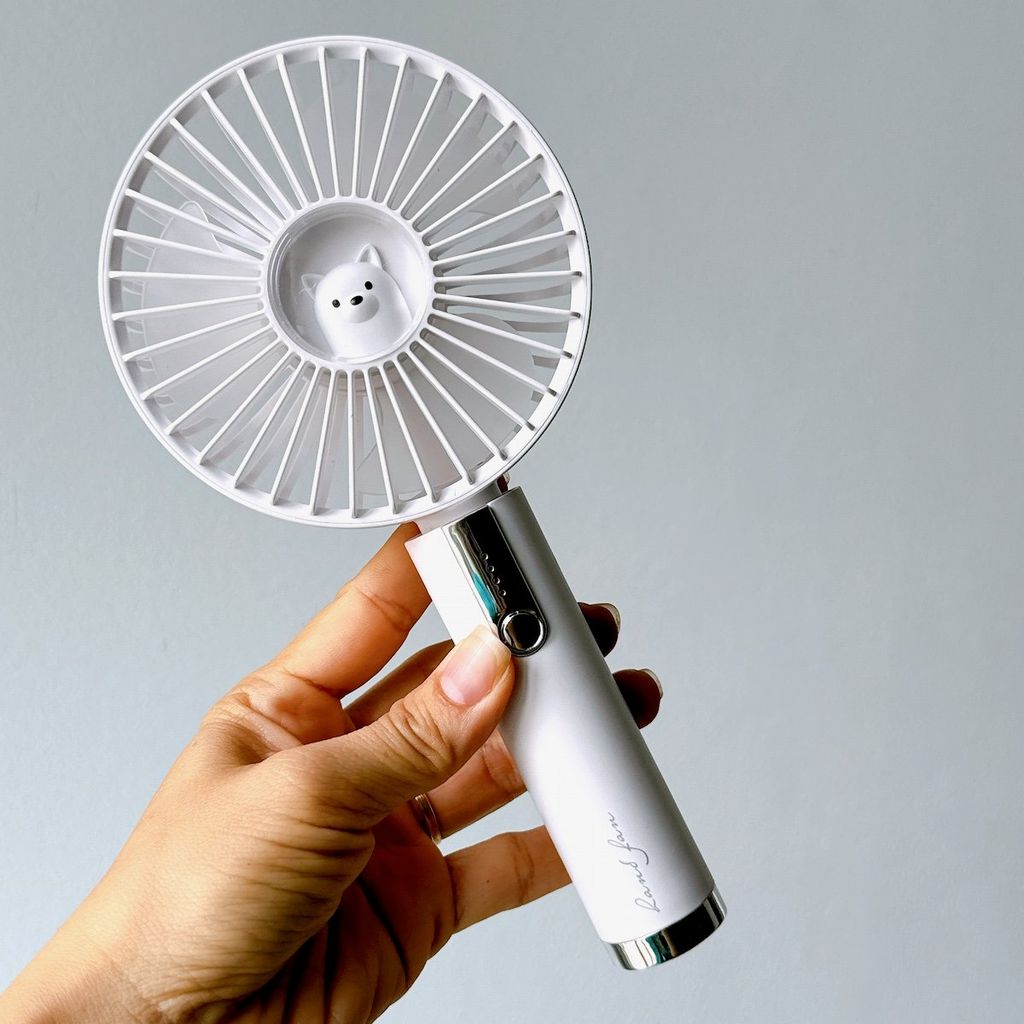Vietnam's Charging Revolution: A Global Powerhouse for Exporting Fast iPhone Cables
Vietnam's Charging Revolution: A Global Powerhouse for Exporting Fast iPhone Cables
In the dynamic and competitive world of electronics, a seismic shift has placed Vietnam at the epicenter of the global supply chain. Once a peripheral player, the nation has rapidly emerged as a formidable powerhouse, particularly in the manufacturing and export of fast-charging cables for iPhones. This isn't just a story of mass production; it's a narrative of strategic mastery, technological adaptation, and an unwavering commitment to quality. Vietnamese factories are no longer just making products; they are crafting the essential lifelines that power our digital lives, earning the trust of international brands and consumers in a market where reliability is paramount.
The demand for high-performance charging cables has skyrocketed as smartphones have become more integrated into our daily routines. Users expect to top up their devices in minutes, not hours, and this requires a new generation of cables built to handle higher power delivery. For Apple's devices, this means supporting protocols like USB Power Delivery (PD). Manufacturing these cables for export is a complex undertaking that goes far beyond simple assembly. It requires a sophisticated understanding of electrical engineering, material science, and a meticulous approach to quality control, all of which Vietnamese companies have perfected.
The Anatomy of an Export-Grade Cable: Precision Manufacturing
The journey of an iPhone cable from raw materials to a finished, export-ready product is a testament to the precision and efficiency of Vietnamese manufacturing. It's a multi-stage process where every detail matters.
The foundation of a superior cable lies in its materials. Vietnamese factories meticulously source high-purity copper wires for the cable's core. Unlike standard cables, fast-charging versions require thicker and more numerous strands to minimize resistance and heat, ensuring stable and rapid power flow. These wires are then insulated with high-grade polymers to prevent short circuits and are wrapped in multiple layers of shielding—often including braided wire and aluminum foil—to block electromagnetic interference (EMI) that could disrupt data transfer.
The outer jacket is a critical component for both durability and user experience. Export-oriented factories in Vietnam favor materials like braided nylon or TPE (Thermoplastic Elastomer). Braided nylon offers exceptional tensile strength and resistance to kinking and fraying, while TPE provides a soft, flexible, and tangle-resistant finish. The choice of material is a strategic decision tailored to meet the specific demands of different international markets.
The most intricate part of the cable is the connector head. For Apple-compatible products, this typically involves the Lightning or USB-C connector. The assembly of the connector is a feat of micro-level engineering. Inside, a tiny E-Marker chip is embedded, which is crucial for a fast-charging cable. This chip communicates with the iPhone and the power adapter, verifying the cable's specifications and negotiating the optimal power output for a safe and efficient charge. The soldering of this chip and the copper wires to the connector pins is an incredibly precise process, often performed by a combination of high-speed robotics and highly skilled technicians.
Unyielding Quality Control: The Key to Export Success
In the global market, a product is only as good as its quality. For an exporter of electronics, trust is the ultimate currency, and Vietnamese manufacturers have built their reputation on a foundation of unyielding quality control. Their testing protocols are exhaustive, designed to ensure that every single cable is safe, reliable, and capable of withstanding the rigors of real-world use.
The testing process begins with electrical performance checks. Each cable is connected to a testing rig that measures its output voltage, current, and stability. This ensures the cable delivers a consistent and clean power signal, preventing any damage to the connected device's battery. They are also subjected to short-circuit and over-voltage tests to confirm that their built-in safety mechanisms function correctly.
Beyond electrical performance, physical durability is meticulously tested. This is where the true strength of a cable is revealed. Machines repeatedly bend the cable at the connector joint, simulating years of daily use to check for internal wire breakage. Pulling tests measure the strength of the bond between the cable and the connector, while abrasion and tension tests assess the resilience of the outer jacket. These brutal tests guarantee that only the most robust products make it to market.
For an electronics manufacturer aiming to compete on a global scale, international certifications are non-negotiable. Vietnamese exporters meticulously adhere to these standards, which serve as a powerful signal of quality to international buyers. The CE mark for the European Union, the RoHS directive for environmental compliance, and the FCC for North American markets are standard. However, the most coveted certification for an iPhone cable manufacturer is MFi (Made for iPhone/iPad/iPod). This is a rigorous, Apple-sanctioned program that validates a product’s compatibility, quality, and safety. A Vietnamese factory's ability to consistently earn and maintain MFi certification is a powerful testament to its world-class manufacturing and engineering capabilities.
Vietnam's Strategic Advantage: Powering a Global Supply Chain
Vietnam's rise as a leader in electronics manufacturing is not a coincidence. It is the result of a deliberate convergence of economic factors, government policies, and a strategic position in the global landscape.
One of the most significant advantages is the country's young, skilled, and highly adaptable workforce. Vietnam has a large and growing population of technical and engineering graduates who are eager to work in the high-tech sector. The government has supported this with investments in vocational training and education, creating a deep talent pool that provides a stable and reliable labor force for factories.
The cost-effectiveness of manufacturing in Vietnam is another major draw. While labor costs have been on the rise, they remain highly competitive compared to traditional manufacturing centers. This allows factories to produce high-quality products at a lower cost, a significant advantage in the price-sensitive electronics market. This, combined with a pro-business government policy that offers tax incentives and streamlines bureaucratic processes, has made Vietnam an attractive destination for foreign direct investment.
Furthermore, Vietnam's strategic geographic location in Southeast Asia and its well-developed port infrastructure are key logistical advantages. The country provides excellent access to major global shipping routes, enabling efficient and cost-effective export of goods to markets in Asia, Europe, and the Americas. This logistical efficiency is crucial for meeting tight delivery schedules and maintaining a competitive edge in a fast-paced market.
The Future is Charged: Outlook for Vietnam's Export Industry
Looking to the future, Vietnam's role in the global electronics supply chain is only set to expand. The industry is constantly evolving, with new technologies like USB-C adoption across Apple's lineup and a growing emphasis on sustainability. Vietnamese manufacturers are well-positioned to capitalize on these trends. They are actively investing in research and development to create more durable, eco-friendly cables using recycled materials and exploring new, more efficient charging technologies.
The ability of these factories to move up the value chain—from being a place for simple assembly to becoming centers for sophisticated design and engineering—will be the key to their long-term success. By continuously innovating and maintaining an unyielding commitment to quality, Vietnam will not only sustain its position but also expand its influence in the world of electronics.
In conclusion, the story of fast-charging iPhone cable export from Vietnam is a powerful narrative of a nation harnessing its unique strengths to become a global leader. It is a story of precision engineering, stringent quality control, and strategic vision. As our lives become more connected and reliant on mobile technology, the cables manufactured in Vietnam will continue to play an essential role, powering our devices and, in a sense, powering the world.
Vietnam's Charging Revolution: A Global Powerhouse for Exporting Fast iPhone Cables















